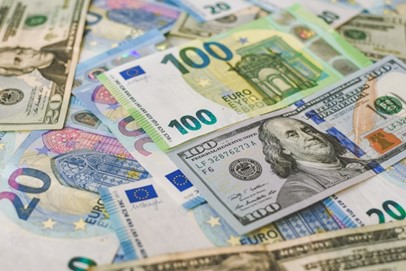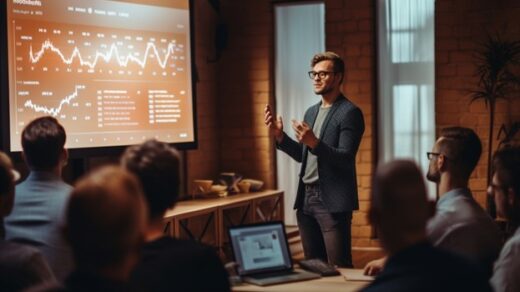
Compared to topics in art, literature, music, and fashion, where it’s expected to have different tastes, the realm of math and numbers tends to seem more objective. But what about economics? Why can people see the same facts and figures and still make such different economic choices?
Behavioral economics uses insights from the psychology of human behavior to explain how and why certain financial decisions are made, especially when they deviate from the rational response to an economic model. Additionally, it accounts for how factors such as context, experience, identity and “fitting in” impact our economic decisions.
So, in spite of all the numbers, analysis and statistics involved, these choices are far from “objective.” Chris Nicak looks at how the psychology of behavioral economics plays into human decision-making.
Behavior and Spending
Combining tools from the social sciences and psychology, behavioral economics seeks to explain why people make decisions that don’t align with the rational choices predicted to benefit them the most in the long run.
Whereas traditional economics works with the assumption that people are rational actors who perform calculations based on known information and then choose the most self-serving option available, behavioral economics takes a more real-world approach to examining human behavior.
In the hypothetical world, strictly rational actors operate under ideal conditions, free of time constraints, outside influences, personal preferences and values.
In the real world, however, decision-making conditions are far from ideal, and not everyone acts rationally or with concern for only their own personal interests.
Influencing Factors
In an inherently unpredictable world, every human decision is made on the basis of incomplete information, personally-biased perceptions, relevant constraints and the decisions and intentions of other actors.
People are also not perfectly rational creatures and often fail to consider a decision’s long-term consequences before acting in their immediate and potentially temporary interests. In many cases, these ill-considered decisions turn out to be “irrational” in that they don’t yield the ideal self-serving outcome.
These are some of the key principles in the field:
- Bounded rationality: Decision-makers are unable to see the complete picture of all contextually relevant information
- Option accessibility: Things that come to mind quickly, are already in sight or seem easily attainable are more likely to be chosen
- Cognitive biases: Whether or not they recognize it, people are often influenced by logo designs, brand names and mission statements that may or may not be relevant to the decision at hand but nonetheless impact their choice
- Herd mentality: What others appear to be doing often prompts a decision-maker to “follow the crowd” by simply making the same choice
- Heuristics: People tend to make decisions using mental shortcuts based on their previous experiences and ingrained beliefs
- Loss aversion: Some find losing more painful than they find winning rewarding and therefore are more likely to choose whichever option is less likely to incur a loss
- Sunk-cost fallacy: Individuals are more likely to continue investing in a poorly performing or fated project simply because of the investment they have already made
- Mental accounting: People tend to perceive their resources and their ability to use those resources differently depending on their circumstances at the time

The Importance of Behavioral Economics
Being able to understand and apply the principles of behavioral economics comes with many advantages. In market trading, being aware of how and why others might act impulsively can help prudent investors make decisions about where to direct their money.
Companies can also benefit from by applying these tactics to their marketing and pricing strategies. By seeking to understand how consumers perceive certain packaging, branding and advertisements, production companies can gain a better idea of how to adjust their strategies to increase the appeal, and therefore the sales, of their product.
An example of how production companies wield behavioral economics to their advantage is how cereal companies often use colorful boxes and animal mascots to increase the appeal of their product, especially for children.
Retail sellers may also use these insights to predict which product placements, price adjustments and promotion techniques will yield the highest number of sales. For example, putting chips and dips together in an aisle may increase the likelihood of people buying both together.
Another example is how retailers decide when certain products should go on sale, and by how much, in order to maximize sales without compromising on profits.
On the consumer end, understanding these selling strategies, as well as one’s own biases and propensity for irrational actions, can also decrease the chance of falling for a poor deal on account of an impulsive action.
Conclusion
As a blend of psychology and economics, behavioral economics attempts to explain why people make the financial decisions they do. It contributes to a more accurate understanding of the real-world economy than the idealized scenario used in traditional economics by examining how external actors, internal biases and contextual influences can impact a person’s decisions.
Understanding behavioral economics can benefit the producers of commercial goods by helping them predict what will appeal to consumers. It can also influence how retailers organize and market these products to maximize sales. Finally, by calling attention to their own tendencies and trends, behavioral economics can also help consumers become more financially prudent.



